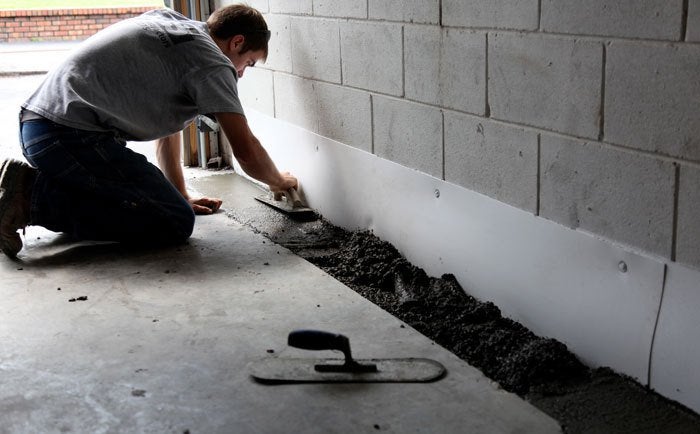How to Choose the Right Basement Waterproofing Method for Your Home
The biggest nightmare of a homeowner may be a leaky basement. In addition to causing structural harm to the house, it may also result in the development of mold, health risks, and even floods. The easiest way to avoid these problems and safeguard your investment is to waterproof your basement. It might be challenging to choose the best basement waterproofing system for your house with so many options available. We'll examine the various basement waterproofing techniques in this post and assist you in selecting the one that best meets your requirements.

Interior Waterproofing Methods
The goal of interior waterproofing techniques is to stop water from entering the basement's walls or floor. Although they are often less costly than outside approaches, these techniques do not deal with the root of the issue.
Sealants
To establish a barrier that stops water from seeping in, sealants are placed to the basement's inner walls and floor. Although this approach is simple to use and quite affordable, it is not a long-term fix. The sealant might eventually become ineffective, reopening the walls to water infiltration.
Interior Drainage Systems
The basement floor's perimeter is lined with interior drainage systems. These systems catch water that leaks into the basement via the walls and floor and direct it to a sump pump, which removes the water. This approach works well to keep the basement dry, but it doesn't deal with the root of the issue.
Exterior Waterproofing Methods
The goal of exterior waterproofing techniques is to first stop water from reaching the walls or floor of the basement. Although they are usually more costly than interior techniques, these treatments provide a long-term fix for the issue.
Excavation
Excavation is excavating outside the house's exterior to reveal the foundation walls. After that, the walls are cleaned, a waterproofing membrane is applied, and a drainage board is placed on top. The dirt is then refilled, and the drainage board is covered with gravel. This approach is the most costly and intrusive, but it is excellent at keeping water out of the basement.
Exterior Drainage Systems
To prevent water from leaking into the basement, outside drainage systems are placed around the house's perimeter. The systems generally consist of a network of ditches filled with gravel and pipes that feed to a sump pump. This approach is less disruptive than excavation and is successful at keeping water from entering the basement.
Which Method is Right for You?
The age of your house, the severity of the issue, and your budget will all affect the best basement waterproofing technique for your house. An internal drainage system or sealant could be sufficient to solve minor water problems in a relatively new property. However, an outside drainage system or excavation may be required if your older house has significant water issues.
The standing and qualifications of the waterproofing contractor you choose should also be taken into account. Look for a contractor with experience in waterproofing basements and a successful track record. Before choosing, check internet reviews and ask for referrals.
Conclusion
In order to stop more harm to your house from a leaky basement, you need take immediate action. There are several external and interior basement waterproofing techniques available. It's critical to choose the best approach for your particular requirements, taking into consideration elements like the severity of the issue and your budget. Working with an expert contractor that specializes in leaking basement repair ensures that your basement will be completely waterproofed, safeguarding your home and family from the hazards of water damage and mold development.
Comments